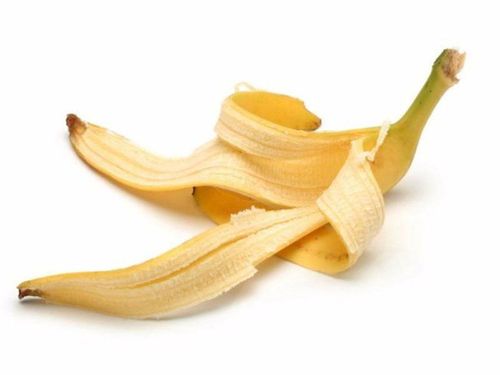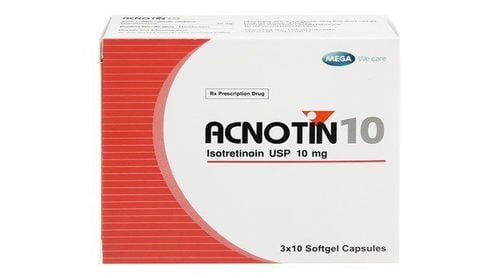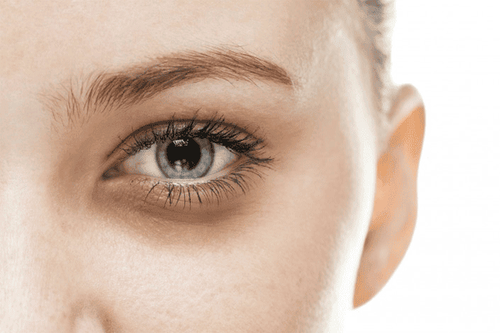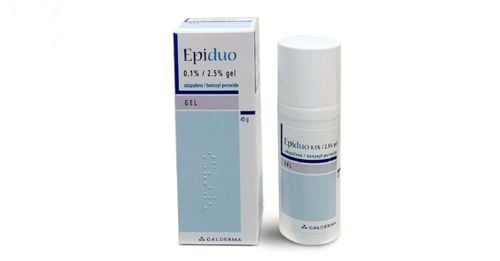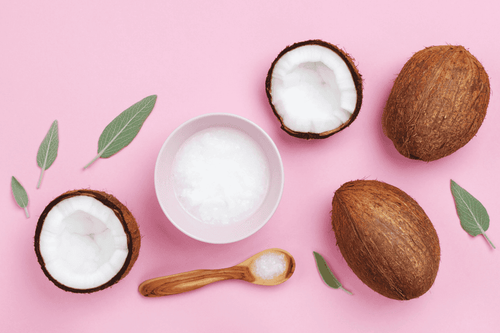1. An overview of the ingredients in baby powder:
The main ingredient in most baby powders is finely ground talc. In addition, baby powder contains zinc salts, calcium salts, magnesium silicate, fragrances, and other ingredients depending on the manufacturer. Among these, magnesium silicate is the primary active ingredient responsible for its moisture-absorbing function, giving the skin an instantly dry and fresh feeling when applied.
Talc powder has a high moisture-absorbing property. When applied to areas prone to dampness, such as the underarms, groin, or folds on the body, it helps reduce and prevent conditions like diaper rash, heat rash, and redness.
Due to its basic and mild ingredients, baby powder is also repurposed by adults for various uses, such as household cleaning, odor elimination, and even beauty applications.
2. Does talcum powder cure acne?
Baby powder is a popular acne remedy among women due to its oil-absorbing properties, which can help reduce swelling and inflammation quickly. According to shared experiences, applying a small amount of baby powder to red acne spots can dry out the acne heads faster and reduce swelling. Additionally, baby powder, when applied to the face or other areas, can help keep pores unclogged and prevent new acne from forming.
However, using baby powder for acne treatment is largely anecdotal and based on shared experiences, as no studies or official reports have confirmed its effectiveness in treating acne.
While baby powder contains ingredients that absorb oil, moisture, and reduce skin inflammation (such as in heat rashes), applying it directly to pus-filled acne, popped pimples, or open wounds carries a risk of skin infection.
Furthermore, because baby powder is in powder form, excessive use can clog pores, potentially leading to new breakouts rather than preventing or treating acne.
For this reason, dermatologists often advise against using any cosmetics on red, inflamed acne, including baby powder.
In conclusion, baby powder may be effective for treating mild acne (such as blackheads or whiteheads), but for inflamed or swollen acne, dermatologists recommend against its use. Baby powder cannot replace specialized acne treatments containing anti-inflammatory or antibacterial ingredients.
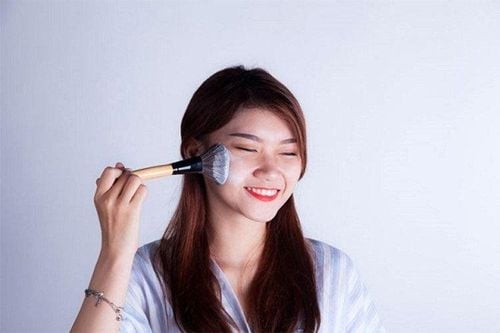
3. How to use baby powder to treat blackheads and whiteheads:
As mentioned, baby powder has excellent oil-controlling properties, which can help reduce the formation of acne. Additionally, baby powder is generally safe for the skin, even for babies, due to its relatively gentle ingredients. However, for highly sensitive skin, baby powder may still cause irritation, so it is generally most suitable for oily skin types.
To use baby powder to treat blackheads or whiteheads, you should choose a product with a clear source and certified skin safety, ideally one designed for children. Here are the steps to treat acne with baby powder:
• Mix baby powder and water in a 1:2 ratio (1 part baby powder to 2 parts water), then stir well until the mixture is smooth.
• Wash your face thoroughly and apply the mixture in a counterclockwise motion, massaging gently for 5 minutes. Then apply another layer of powder on top.
• Wash your face with warm water, then use a small ice cube wrapped in a soft cloth to wash your face again to help tighten pores.
• This method can be done daily, but be sure to massage gently to avoid damaging the skin and worsening the acne condition.
Do not use this method if you have pustular acne. Also, avoid using it on dry skin, as baby powder can cause the skin to become cracked and itchy due to its moisture-absorbing properties. Oily and combination skin types are best suited for this baby powder acne treatment.
To arrange an appointment, please call HOTLINE or make your reservation directly HERE. You may also download the MyVinmec app to schedule appointments faster and manage your reservations more conveniently.
To arrange an appointment, please call HOTLINE or make your reservation directly HERE. You may also download the MyVinmec app to schedule appointments faster and manage your reservations more conveniently.

